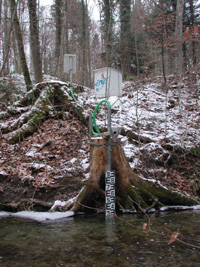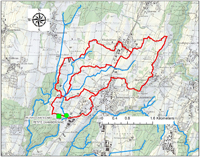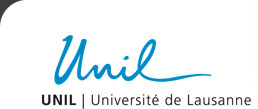
Catchment-scale hydrologic transport of herbicides: theory, observations, ecological risk assessment
Herbicides used in agriculture can be transported by drainage and runoff to surface or ground waters. Their occurrence is likely to cause adverse effects on aquatic organisms and potentially threaten drinking water. Input of herbicides in aquatic environment generally occurs in pulses rather than continuous flows, since they originate from either non-point sources or point sources and their losses and transport in surface waters is highly dependent on the climatic forcing, topography and soil properties, land management and substance specific properties that define potential degradation, transformation or accumulation along their transport pathways. Hence, herbicides concentrations dynamics in surface waters show a very strong time variability that is not considered with traditional ecological risk assessment of herbicides, as ecotoxicity experiments are usually based on continuous exposure of an organism to a single pollutant. In addition, modeling of herbicide concentrations in rivers at the catchment scale is rarely able to simulate these fluctuations.
This study aims at developing and validating an innovative basin-scale transport model for the simulations of fluctuating herbicides concentrations in rivers at the outlet of heterogeneous catchments, and to evaluate the effects of the intermittent herbicides concentrations on the aquatic biota at different levels. The combination of these two parts should provide an efficient risk assessment tool for receiving water bodies.
The modeling approach will be tested on the Chamberonne catchment, located near Lausanne city area. This heterogeneous watershed is representative of those encountered on the Swiss Plateau, with a major part dominated by agricultural activities and downstream urban areas with a large percentage of impervious surfaces. A large quantity of meteorological and flow data are available for this catchment, providing a good basis for flow modeling in the river. A monitoring system will be upgraded and extended in order to measure multiple parameters (e.g. herbicides, tracers) and provide data for validating a solute transport reactive model in the vadose zone and in the stream.
The measurement and modeling of the dynamics of herbicides concentrations in a river and the investigation of the effects of these sequential pulse exposures of organisms to herbicides with a particular emphasis on the recovery phase will serve to propose a comprehensive environmental risk assessment for the Chamberonne catchment that could be further extended to other watersheds.
Completed Master’s Projects



